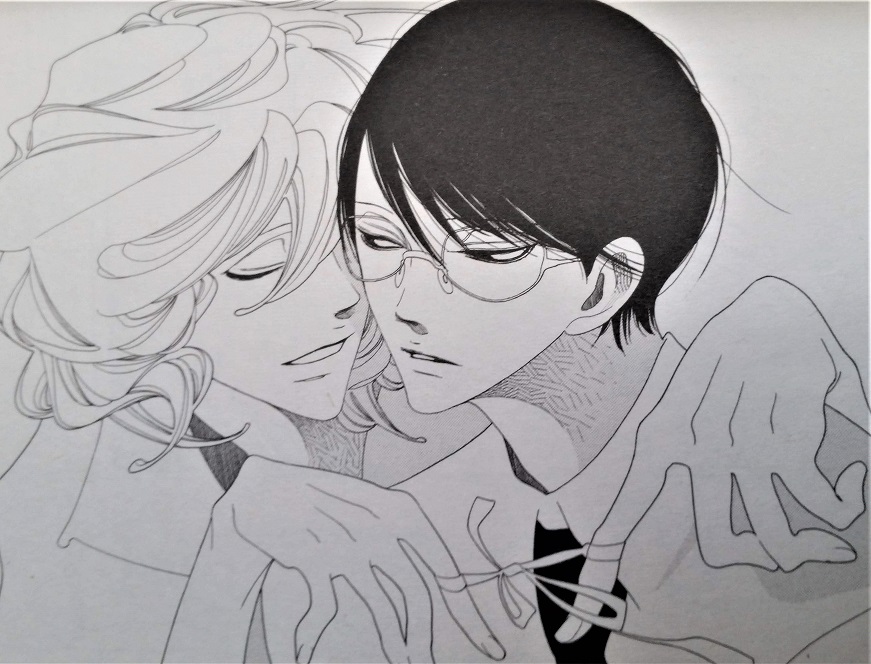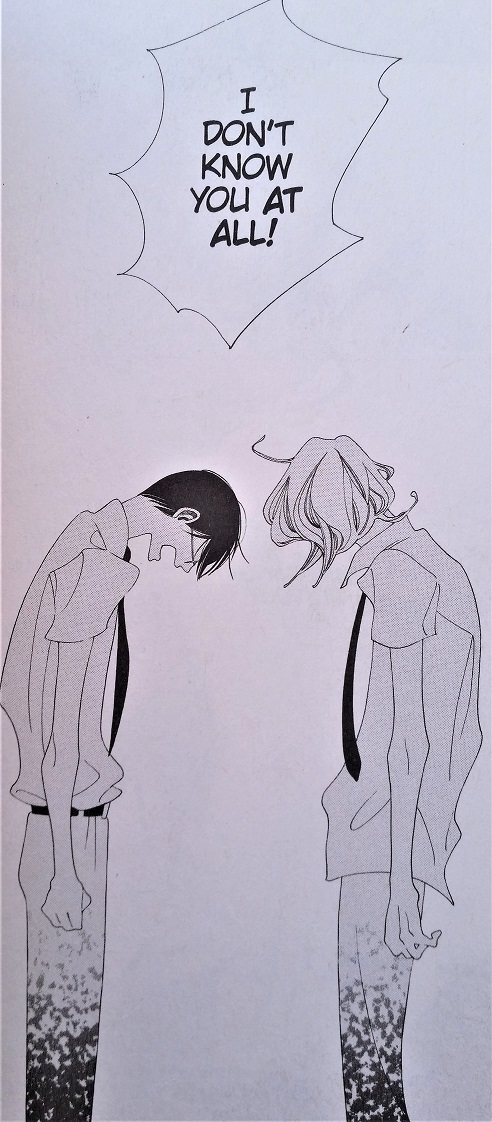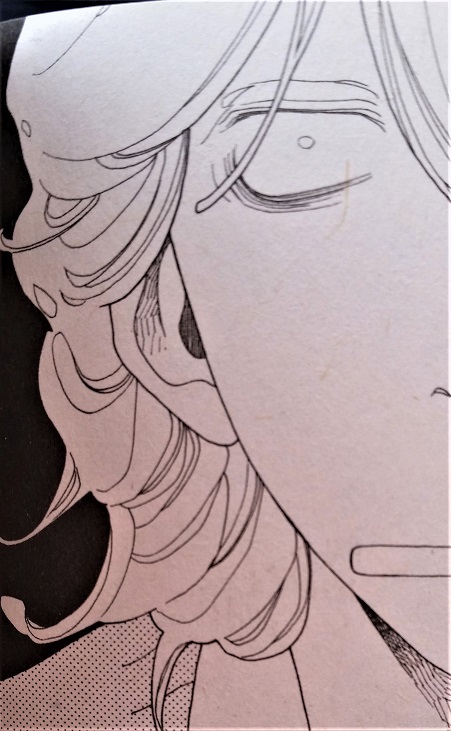 Classmates
Classmates
Story & Art: Asumiko Nakamura
Translation: Jocelyne Allen
Adaptation: Lillian Diaz-Przybyl
Lettering & Retouch: Ray Steeves
Publisher: Seven Seas Entertainment
Though many fans of the boys’ love genre will be familiar with Asumiko Nakamura’s sweet romance Classmates, as it has previously been available digitally through Digital Manga Publishers, it now has the well-deserved opportunity to reach a wider audience with the recent print edition through Seven Seas Entertainment — complete with an updated translation. Old fans and new ones alike can now proudly display this BL classic prominently on their shelves.
Our story follows the laid-back, musical Hikaru, who helps to teach the more straight-laced Rihito, who cannot read music, how to sing the song that their class is practicing for their high school concert. This unlikely pair — the goofy, blond, fluffy-haired Hikaru and the bespectacled, studious, serious Rihito — form a bond over the course of their lessons that leads to an awkward, bumbling teenage romance nearly right off the bat.
Their budding love is not without its setbacks, of course. The boys’ music teacher, himself inappropriately in love with Rihito, tries to convince the quiet lad that since they go to an all-boys school, Hikaru is not interested in keeping their relationship once they graduate. Because Rihito is already self-conscious, he pretty readily believes this assertion, keeping his post-graduation plans a secret from Hikaru and forcing a wedge between them.
The narrative does not spend overmuch time with hand-wringing about the internal conflict of being a gay teenager, but it is clear that Rihito is worried about this very issue. His concerns are equally wrapped up in the fear that anyone in love faces — that they’re more into their partner than their partner is into them. Luckily, even though Hikaru seems too unbothered by life to seem deeply invested in a boyfriend, he is in fact very committed to Rihito. Without spoiling too much, the end wraps up satisfactorily, with both parties having finally talked about their separate anxieties about graduation and their relationship — a refreshing alternative to drawing out senseless drama just for the sake of it.
This is not an earth-shattering, genre-defying romance by any stretch of the imagination. What it is, is a sweet, kind story of two teenage boys who try to navigate a relationship that comes with all the normal ups and downs of any young love. It has its tropes, some of which — like the predatory gay teacher — are admittedly tired, though Nakamura does a good job of not allowing them to feel too off-putting. What is remarkable about Classmates, originally published in Japan over a decade ago, is that it’s honestly just a straightforward teenage romance about gay boys, rather than the type of fetishistic gay drama that populates much of the boys’ love manga that are licensed by North American publishers.
Another charming aspect of Classmates is that Nakamura’s art style, with its languid figures, hooded eyes, and sharp edges, seems like such a strange juxtaposition with the subject matter. Yet somehow, it works. Her truly unique approach to her characters, though they fit into the BL trope of “thin and attractive” adds to the dreamy quality of a saccharine high school romance, even though upon first glance it seems more suited to her more melancholy works like Utsubora. There is something surreal about the visual choices made — the extra-long torsos and limbs, the bendy arms, the extreme facial expressions — but it is a strange juxtaposition that heightens the drama of teenage love.
Though Classmates works as a stand-alone manga, it is actually the first in a trilogy, with the second two volumes, Winter and Spring, also licensed for print release by Seven Seas for later this year. While Classmates is certain to appeal chiefly to BL readers and then subsequently to romance aficionados, it is nonetheless an exciting addition to the North American manga oeuvre as an example of excellence within its genre. And beyond the ways in which it stands out, it is simply an enjoyable, fluffy read that asks nothing of the reader but to sit back and enjoy — a delightful distraction for the young at heart.


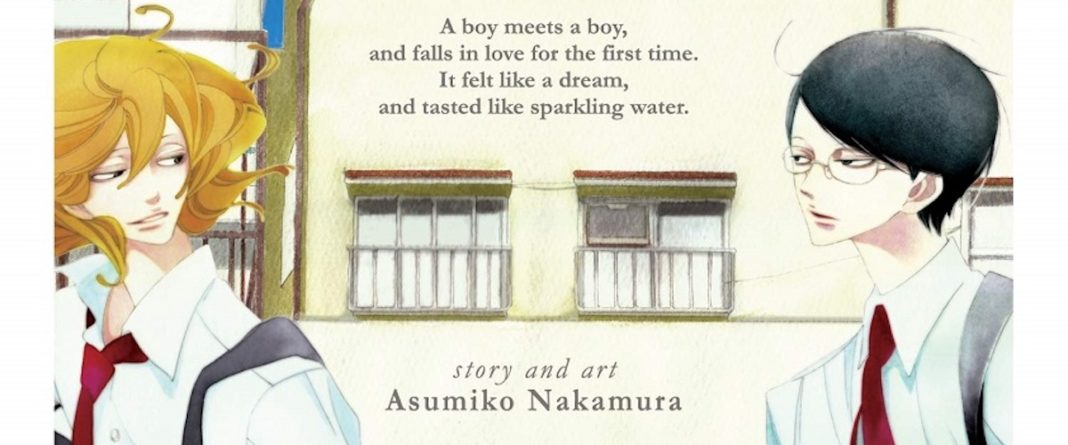
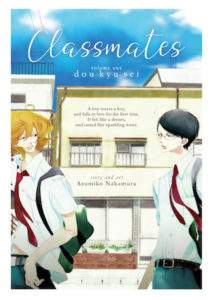 Classmates
Classmates